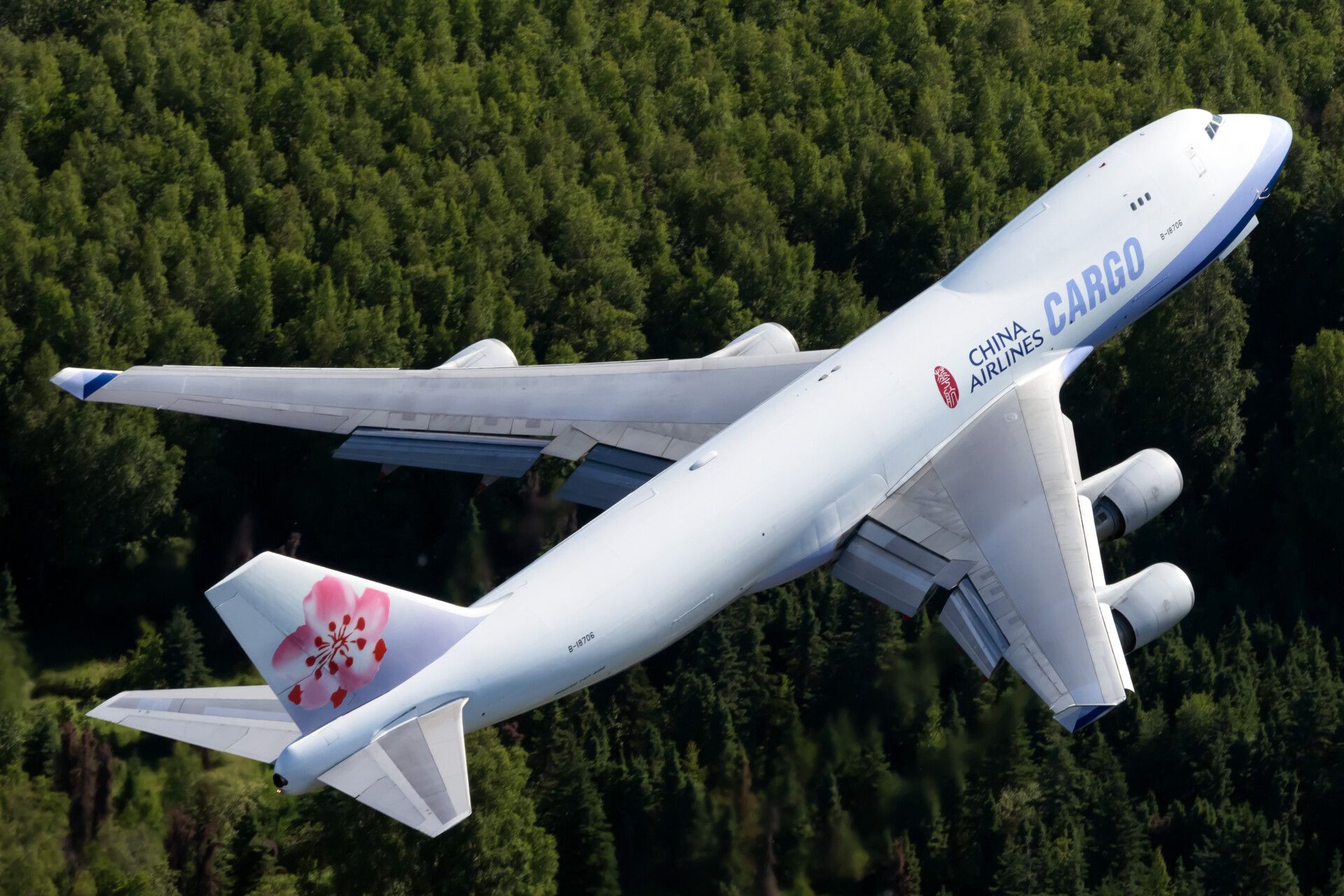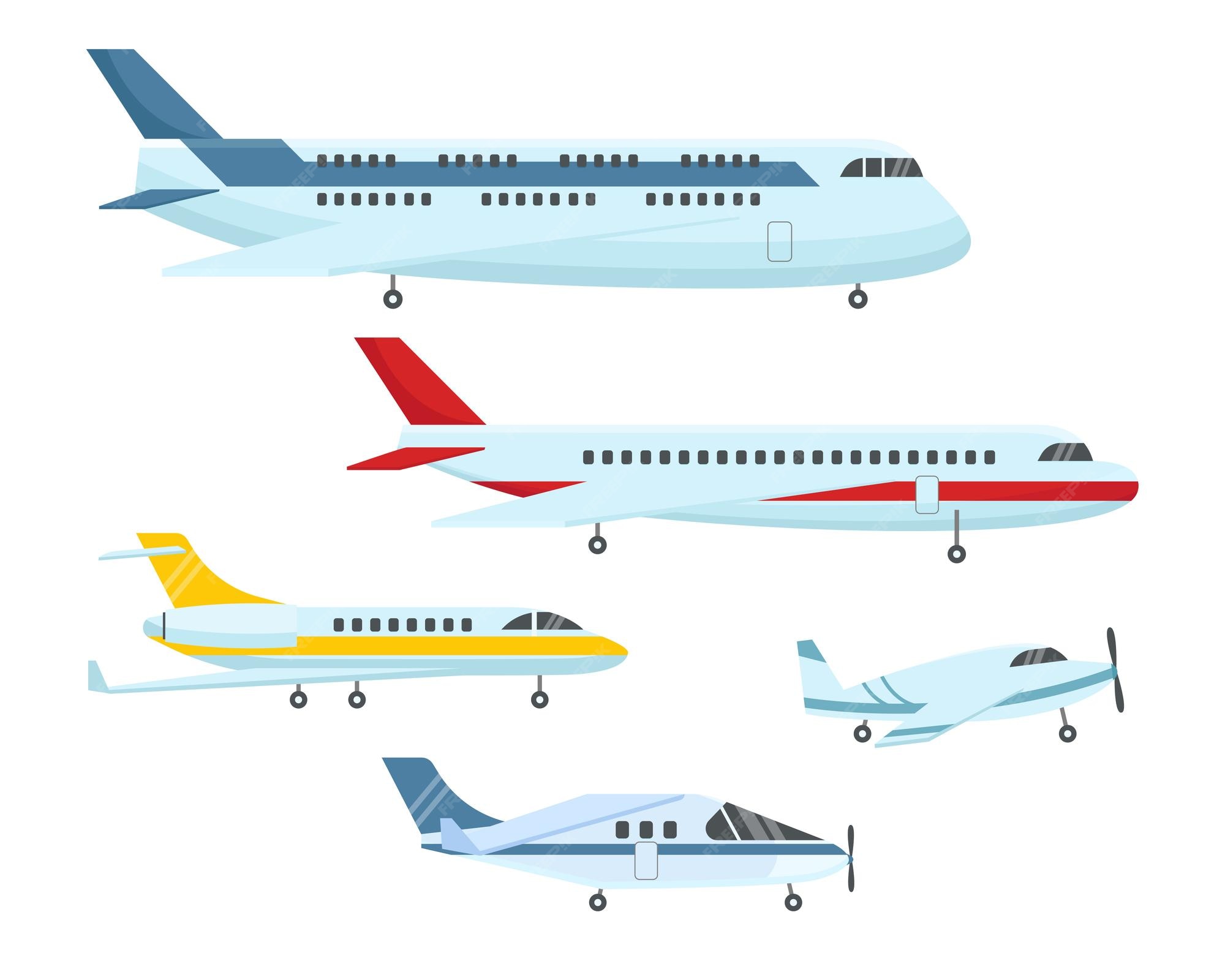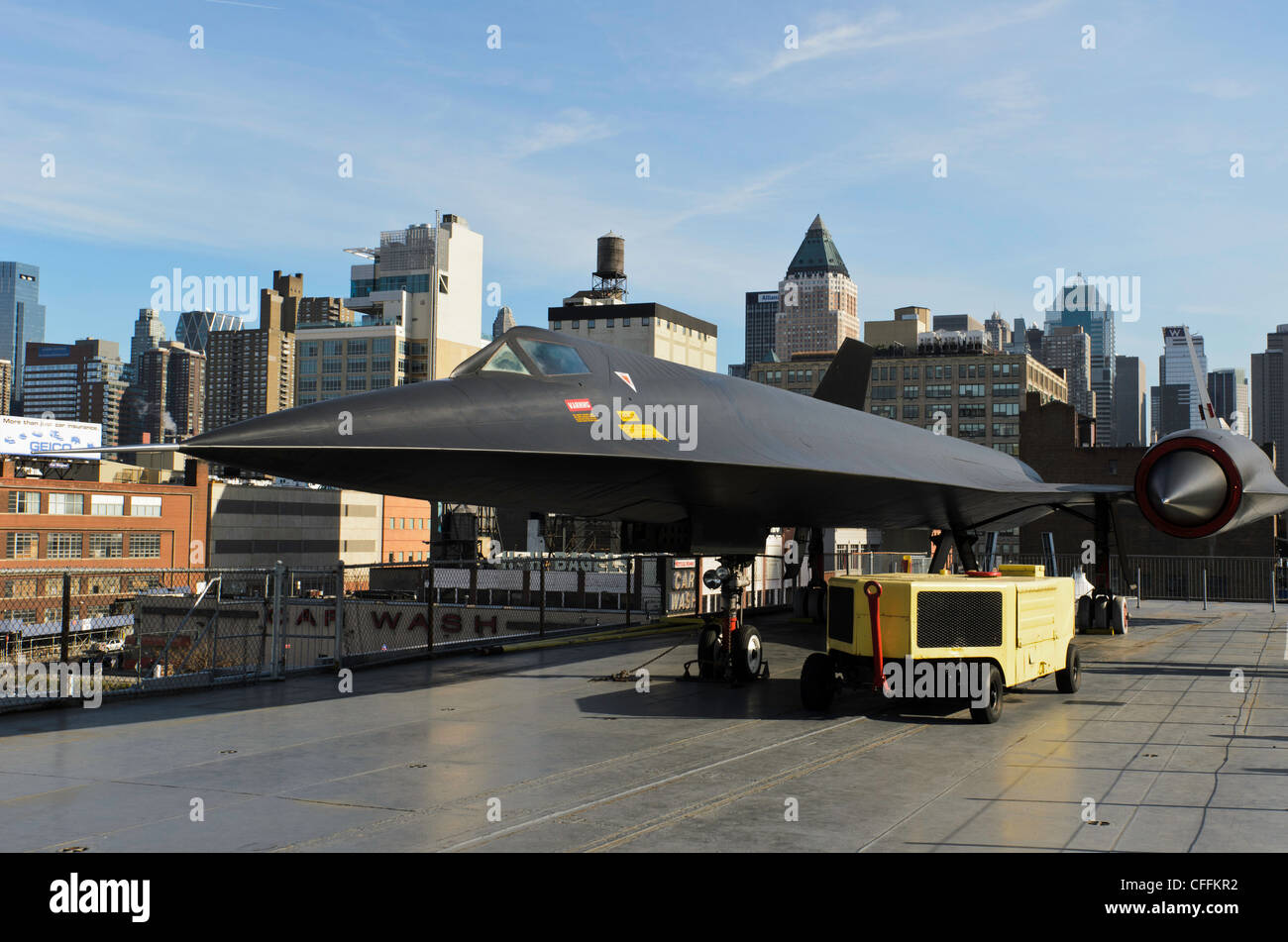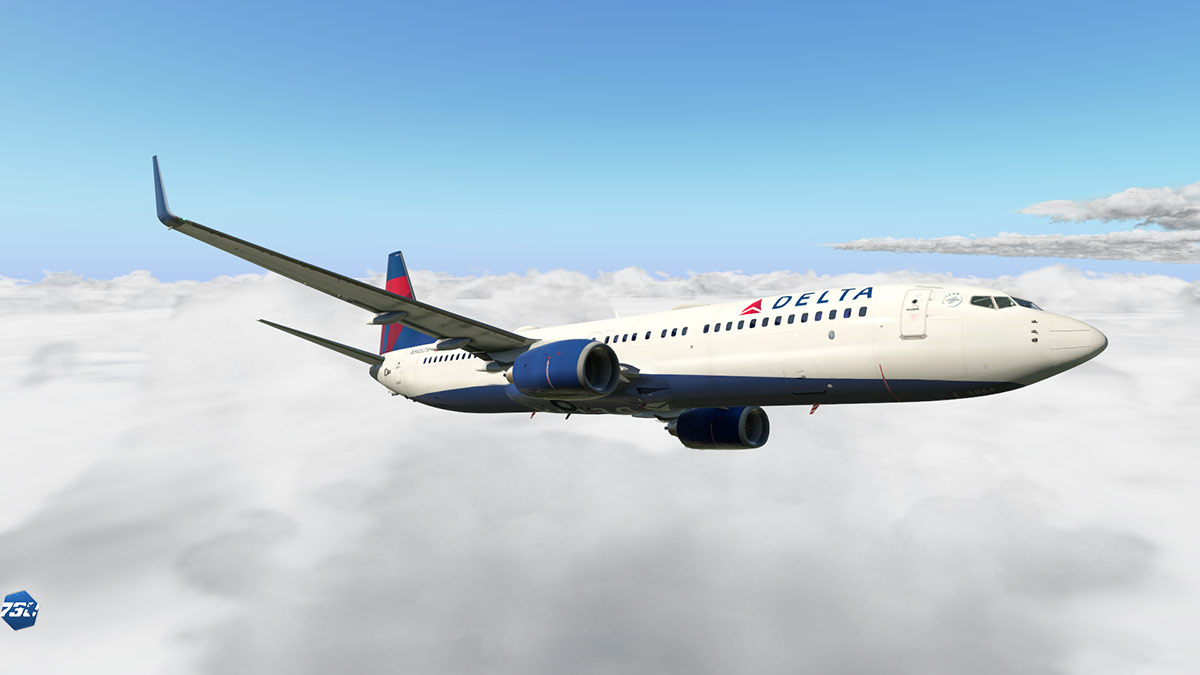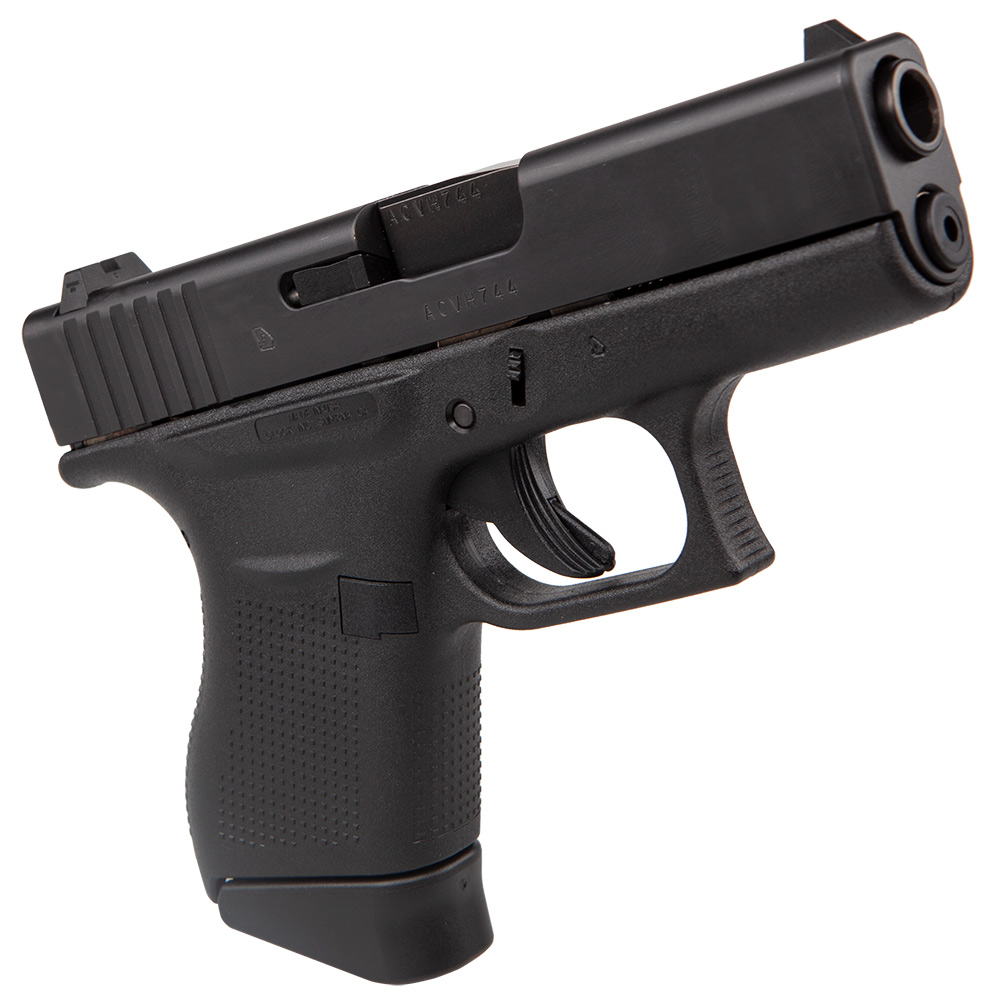772 Aircraft - Size of this preview: 800 × 600 image pixels. Other resolutions: 320 × 240 image pixels | 640 × 480 image pixels | 1,024 × 768 image pixels | 1,280 × 960 image pixels | 2,560 × 1,920 image pixels | 3,264 × 2,448 pixels.
This file comes from the Aeroprints.com archive and is copyright protected. Note: This license applies only to images taken by Aeroprints.com at this and this link. It does not contain any other content from these websites not already provided by Aeroprints.com.
772 Aircraft
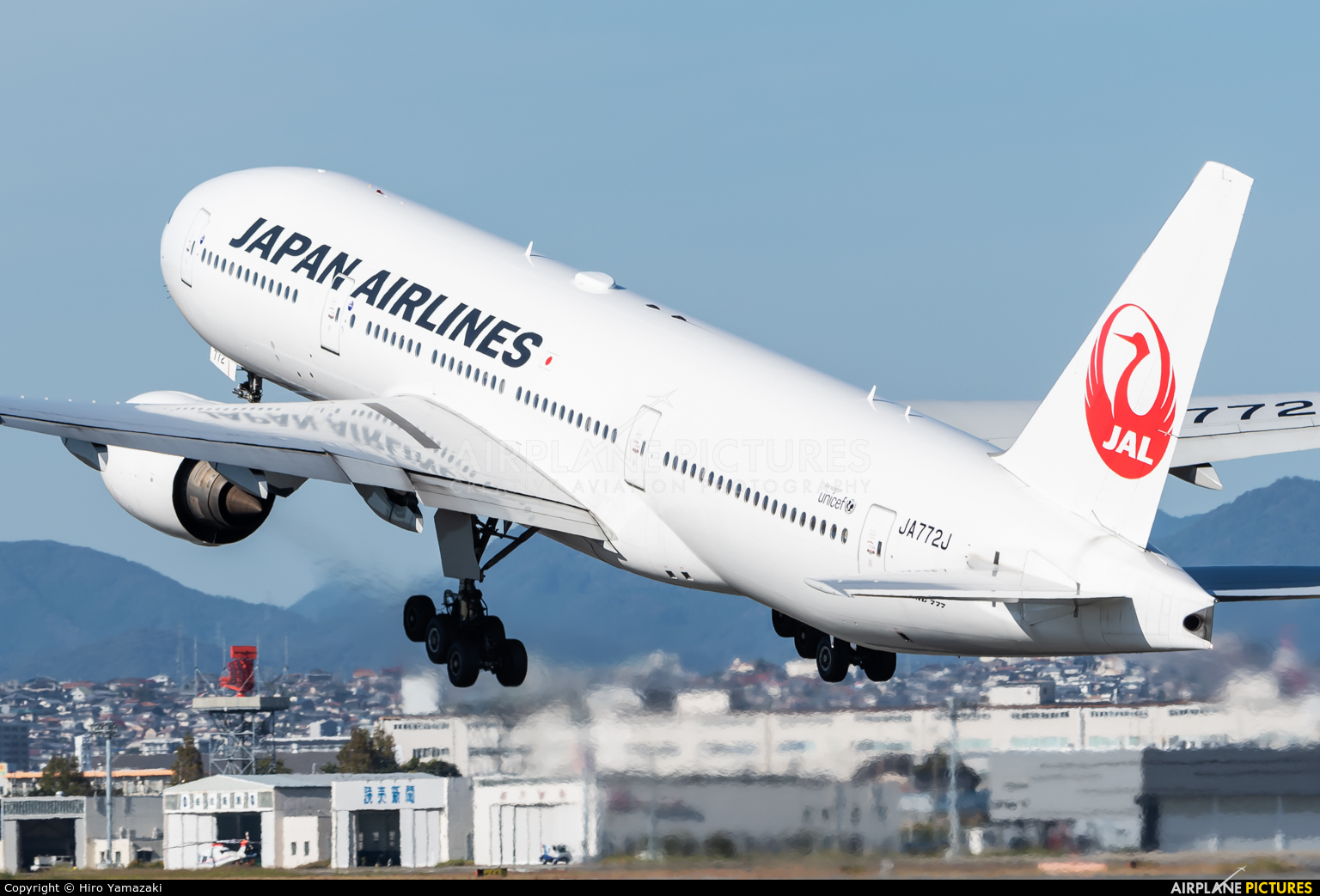
This work is free and can be used by anyone for any purpose. If you want to use this material, you do not need to ask for permission as long as you meet any of the permission requirements mentioned on this page.
Short Haul, Big Plane
The Wikimedia Foundation has received an email confirming that the copyright holder has agreed to publication under the terms stated on this page. This correspondence has been reviewed by a member of the Volunteer Response Team (VRT) and stored in our permission archive. Correspondence is available for trusted volunteers as ticket number 2013031510006025.
This file contains additional information such as Exif metadata that may have been added by the digital camera, scanner, or software used to create or digitize it. If the file has been modified from its original state, some information such as timestamps may not fully reflect the information of the original file. Timestamps are only as accurate as the camera clock and can be completely wrong. Size of this preview: 800 × 533 image pixels. Other resolutions: 320 × 213 image pixels | 640 × 427 image pixels | 1,024 × 683 image pixels | 1,280 × 853 image pixels | 2,560 × 1,707 image pixels | 4,752 × 3,168 pixels.
This file comes from the Aeroprints.com archive and is copyrighted. Note: This license applies only to images taken by Aeroprints.com at this and this link. It does not contain any other content from these websites not already provided by Aeroprints.com.
This work is free and can be used by anyone for any purpose. If you want to use this material, you do not need to ask for permission as long as you meet any of the permission requirements mentioned on this page.
As Expected , India's Upcoming Akasa Air Orders 72 B737 Max Aircraft For It's Debut Fleet At
The Wikimedia Foundation has received an email confirming that the copyright holder has agreed to publication under the terms stated on this page. This correspondence has been reviewed by a member of the Volunteer Response Team (VRT) and stored in our permission archive. Correspondence is available for trusted volunteers as ticket number 2013031510006025.
This file contains additional information such as Exif metadata that may have been added by the digital camera, scanner, or software used to create or digitize it. If the file has been modified from its original state, some information such as timestamps may not fully reflect the information of the original file. The time stamp is only as accurate as the clock in the camera and can be completely wrong.16°51′54″N 11°57′13″E / 16.86493°N 11.953712°E /16 .86493; 11.953712 Coordinates: 16°51′54″N 11°57′13″E / 16.86493°N 11.953712°E / 16.86493; 11.953712
UTA Flight 772 was a scheduled international passenger flight operated by the French Union de Transports Aéris (UTA) from Brazzaville, Democratic Republic of the Congo, via N'Djama, Chad, to Charles de Gaulle Airport in Paris, France, crashed in the Ténéré Desert. near Bilma, Nigeria, on 19 September 1989, killing all 170 people on board after an on-board explosion caused by a suitcase bomb. This is the deadliest aviation incident in Niger.

It is the 125th DC-10 produced and has accumulated 14,777 missions in 60,276 flight hours when the fuselage was lost.
File:n775an Boeing 772 American (12256795966).jpg
The captain, 40-year-old Georges Raveau, is an experienced pilot with a total of 11,039 flight hours, including 2,723 on the DC-10. The pilot on the left, Jean-Pierre Hnequin, 38, had a total of 6,442 flight hours, including 28 in the DC-10. The first officer, Michel Crézé, 41, had a total of 8,357 flight hours, including 754 in the DC-10. The pilot, 28-year-old Alain Bricout, had a total of 597 flight hours, including 180 on the DC-10.
On Tuesday, September 19, 1989, a McDonnell Douglas DC-10 took off from N'Djama International Airport at 1:13 p.m. Forty-six minutes later, at a cruising altitude of 35,100 feet (10,700 m), a suitcase bomb exploded in the cargo hold, causing UTA Flight 772 to crash 450 kilometers (280) over the Sahara desert. me 240 nmi. ) east of Agadez in southern Ténéré, Niger. The blast scattered debris across hundreds of square miles of desert.
Among the victims was Bonnie Pugh (née Barnes), wife of Robert L. Pugh, the US ambassador to Chad at the time.
Eight of the dead were oil workers (from Esso, Parker, Schlumberger) returning after completing drilling for the Kome-3 well in southern Chad.
American Airlines 777 200 Business Class Is Better Than You Think
After the plane was blown up, Leonardo Leonardi, a spokesman for the Italian embassy in Paris, said the embassy believed six Italians were on the flight. A spokesman for the Friars Minor Capuchin Order said two members of the order were on board the plane. Bishop Moundou was flying.
54 Frch, 48 citizens of the Democratic Republic of the Congo, 25 Chadians, 9 Italians, 7 Americans, 5 Cameroonians, 4 British, 3 citizens of Zaire (now the Democratic Republic of the Congo), 3 Canadians, 2 Central Africans, 2 Malians, 2 Swiss, 1 Algerian, 1 Bolivian, 1 Belgian, 1 Greek, 1 Moroccan and 1 Segal.
The ICAO commission of inquiry concluded that a bomb placed in a container at position 13-R in the forward cargo hold caused the destruction of the plane. The commission concluded that the most likely hypothesis was that the bomb was in luggage loaded at Brazzaville Airport. Initial speculation about which group might be responsible for the destruction of UTA Flight 772 centered on Islamic Jihad, which quickly claimed responsibility for the attack, and the rebel group "Secret Resistance in Chad," against President Hiss Habré.

Five years ago, on March 10, 1984, a bomb destroyed another UTA aircraft from Brazzaville shortly after the DC-8 landed at N'Djama Airport. There were no deaths on that occasion and those responsible could never be identified.
Save On Fees By Using Qantas Points To The Usa With American Airlines
Investigators obtained a confession from one of the alleged terrorists, a Congolese dissident who helped recruit a dissident to smuggle the bomb onto the plane.
This confession led to the indictment of six Libyans. Judge Frch Jean-Louis Bruguière identified them as follows:
In 1999, six Libyans were tried at the Paris Criminal Court for the bombing of UTA Flight 772. As Gaddafi would not allow their extradition to France, the six were tried in Abstia and sentenced.
On 5 September 2012, Mauritania extradited Abdullah Sussi to the Libyan authorities. Sussi will be tried in Libya for crimes he is said to have committed while he was a close aide to Gaddafi.
Worth The Extra Money: American Airlines (777 200) In Premium Economy From London To Miami
Sussi appeared in a Libyan court for a hearing on 19 September 2013. On 11 October 2013, the International Criminal Court ruled that he could be tried in Libya and lifted their order.
The reason for the Libyan bombing of UTA Flight 772 was widely attributed to revenge against the Frch for assisting Chad against Libyan expansionist projects towards Chad. Similar to the occasion of the 9/11 attacks in the presence of the US military in Saudi Arabia.
The Chadian-Libyan conflict (1978–1987) brought disaster to Libya after its defeat in the Battle of Maat al-Sarra in the Toyota War of 1987. Muammar Gaddafi was forced to accept a ceasefire in the Chadian-Libyan conflict and dream of his rule. Africa and Arabia. Gaddafi blamed Frch for the defeat and "US aggression against Libya".
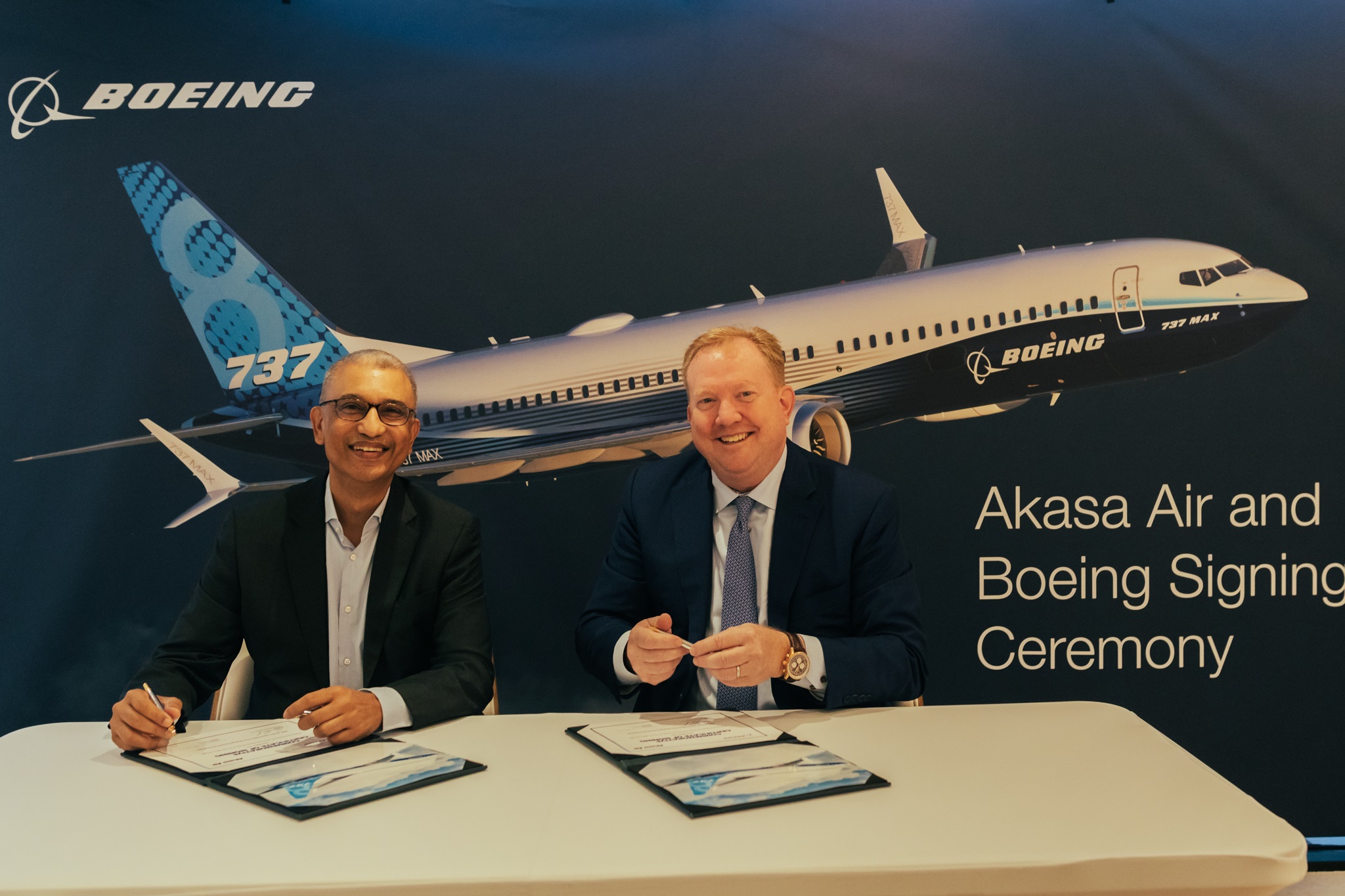
As a result, Gaddafi's longstanding animosity toward the two countries led to Libya's support for the bombings of Pan Am Flight 103 and UTA Flight 772.
Aircraft N2ww (1974 Thorp T 18 Tiger C/n 772) Photo By Mark Pasqualino (photo Id: Ac1134719)
The Paris court awarded the families of the UTA victims between 3,000 and 30,000 euros, depending on their relationship to the deceased. Not disappointed with this award, the group "Les Familles du DC10 d'UTA" frch people
Signed an agreement on January 9, 2004 with the Gaddafi International Foundation for Charitable Societies to accept compensation of US$170 million, or US$1 million for each of the 170 UTA victims. In May 2007, it was announced that 95% of these benefits had been distributed.
The families of the seven American victims, however, have refused to claim their $1 million reward and are suing the Libyan government in federal court in Washington. On September 19, 2006, the court was asked to rule that the Libyan government and six of its companies were guilty of destroying UTA Flight 772 on September 19, 1989. Two billion US dollars have been sought for loss of life and property. destroy the DC-10 jet.
In April 2007, D.C. District Judge. Hry H. Knedy considers Libya directly responsible for the bombing
Singapore Airlines Boeing 777 200er 9v Sql
Boeing 772 aircraft, hp 772, aircraft 772 alitalia, showa 772, aircraft type 772, aircraft 772 klm, 772, 772 aircraft american, atlas 772, raco 772, american airlines 772 aircraft, air france aircraft 772

